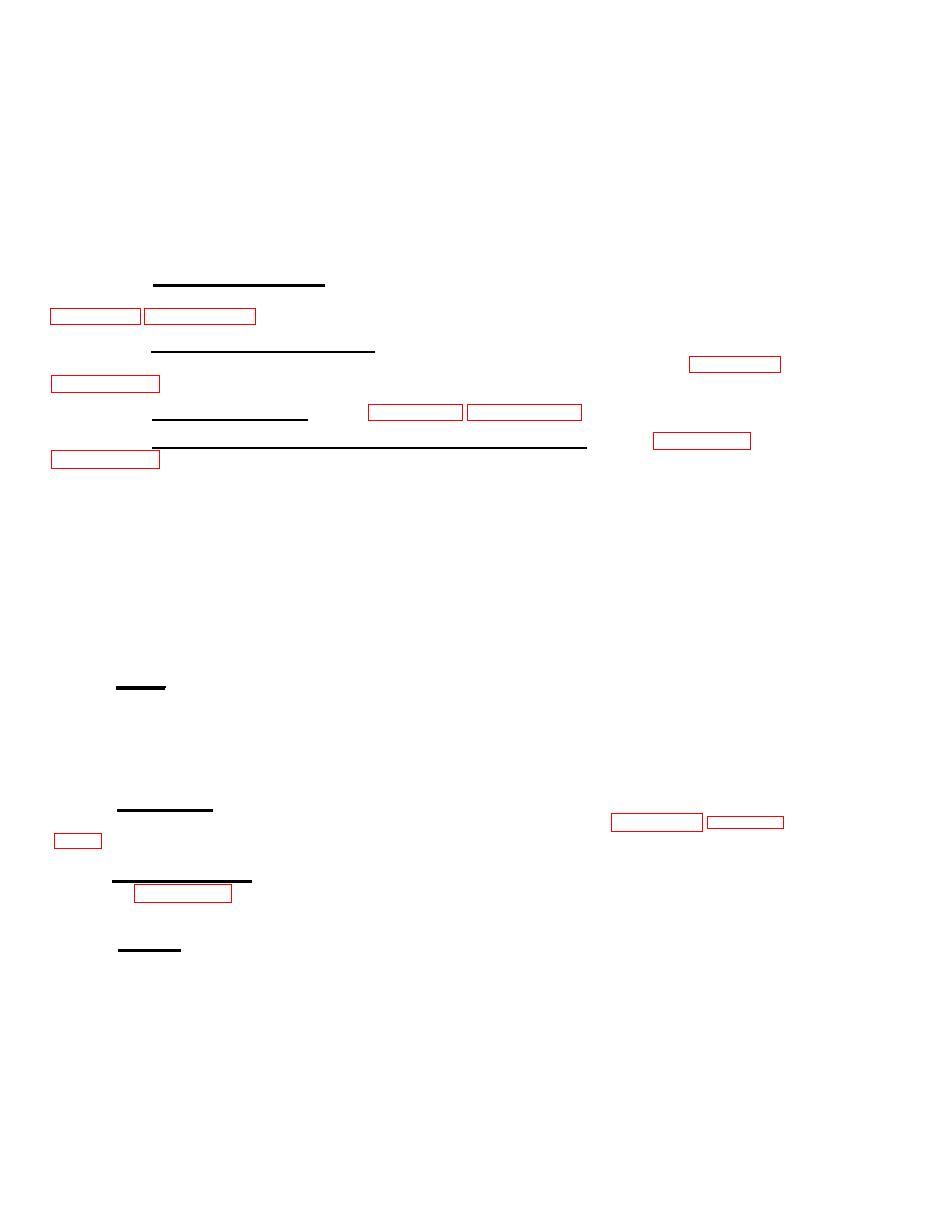 |
|||
|
|
|||
|
|
|||
| ||||||||||
|
|
 TB 43-0142
Sections in contact with saddles, equalizer sheaves, or other sheaves where rope
travel is limited;
Sections of rope at or near terminal ends; sections subject to reverse bends;
Sections normally hidden during daily visual inspections; and
Repetitive pickup points on drums.
Presence of any of the following shall be cause for removal from service:
(1) Broken Outside Wires. Those sections of the rope subjected to reverse bends and
operation over small diameter drums or sheaves require particularly close attention; refer to
(2) Reduction of Rope Diameter. Measure for reduction of rope diameter. Several
measurements shall be taken at locations subject to the most stress and wear; refer to Appendix C,
paragraph C-2.a.(2) for criteria.
(3)
paragraph C-2.a.(4) for criteria.
(5)
Corroded, cracked, bent, worn, improperly sized, or improperly applied end connection.
(6)
Severe kinking, crushing, cutting, or unstranding.
(7) Evidence of damage due to welding arc or other heat sources.
(8) No less than two full wraps of rope remaining on the hoist drum is permitted when the
hook is in it's extreme low position with the boom in it's most upright position. The rope end shall be
securely attached to the drum by the clamp or socket arrangement approved by the crane or rope
manufacturer. The same limit applies to the boom hoist drum rope when the boom is in its extreme
low position.
b. Hooks. Perform a documented inspection of crane hooks for cracks, throat opening of more
than fifteen percent in excess of normal, more than ten degree twist from the plane of the unbent
hook or wear exceeding ten percent of the original dimensions. Remove hooks from service if they
meet one or more of the above criteria. Remove hooks having any visual evidence of an increase in
throat opening, twisting, or deformation of any sort from service when the original dimensions of the
hook are not known.
c. Hoist Chains. Perform documented inspection of hoist chains for excessive wear, twist,
distorted links, or stretch beyond manufacturer's recommendation. Refer to Appendix C, paragraph
C-2.b., for criteria.
A-3. Annual Inspections. Complete inspection of cranes shall be performed at the intervals
defined in paragraph 4. These inspections should include the items of A-1 and A-2 above,
requirements of any applicable technical manuals, and the following:
a. General. Check for:
(1)
Proper marking to include load ratings and date of next periodic inspection.
(2)
Evidence of mishandling and/or damage.
(3)
Deformed, cracked, broken, missing or corroded members in crane structure and boom.
(4)
Loose bolts or rivets.
(5)
Cracked or worn sheaves and drums
A-2
|
|
Privacy Statement - Press Release - Copyright Information. - Contact Us |